
Ray Kosarin
Timing Director, Family Guy
Kosarin, a fairly new transplant to the West Coast spent much of his career working in New York as a traditional character animator and learning the trade from industry veterans. He worked as a director on Beavis and Butt-Head and a supervisor director on Daria, then began using digital tools to animate for Sesame Street and HBO before making the move to LA.
How would you describe your job?
Timers come onto the show after the storyboarding, dialog record, and animatic, and prepare the X-sheets with detailed animation instructions for overseas animators. Every action on the screen gets spelled out frame-by-frame—all the characters’ and props’ movements, all the cuts, camera moves, expressions, eye movements, and so on. We work closely with the directors and make sure to learn and satisfy their intentions as fully as possible. And we work intimately with the dialogue track—listening for every inflection in each voice. The aim is to make each character’s performance as good as possible, so that the voice and action come together onscreen as one complete performance.
How does your work influence what we see on the screen?
At the most basic level, we make sure every important visual at any moment is seen and understood. We have to be conscious where we think the viewer’s eye is—and how and when to lead the eye to the part of the frame where something important is about to happen. On another level, we have to absorb the energy of a character’s mood, the phrasing of a line, or the delivery of a joke, and shape the animation timing to hit its marks at the best possible instant. If a gag hits two frames too early, we might miss it; too late, it’s not as funny. A lot of the time, humor plays out on an unconscious level—some jokes are funnier if the camera comes to a stop slightly before the character, which almost flirts a little with the audience and lets them feel superior to the characters. Other jokes hit funnier if the camera arrives a frame or two late—like the audience got taken by surprise.
What is the best part of the job?
My favorite moments are when there’s a great dialogue track—an interesting performance from the voice actor inspires you. The energy on each syllable—where an inhale hits, where you feel the voice lighten or breath creep into it—might mean one frame more or less for the character to hit a pose, or whether they accelerate into it, whether the eyes delay or anticipate an action, and so on.
What are the biggest challenges?
The hardest scenes are those where there’s a large crowd. Plotting the actions of every character and making sure they work together—with the other characters, with the position of a moving camera, or so that the gravity and weight of characters jumping or props falling is timed believably—takes a long time. And these usually aren’t the scenes where you get the satisfaction of really nice acting moments. It’s heavy lifting.
What makes a good timing director?
It’s valuable if you have experience as a character animator—when you are asking the animators to do something a certain way, you’ll want to be sure it follows the principles of animation that matter for the scene, that it will look cartoon-believable, and that it’s reasonable. Drawing ability definitely helps—we often add breakdown poses between board poses to help a tricky action be more interesting. If you’re doing action-adventure, you’ll want a sense of anatomy, gravity, and weight to make scenes believable. If you’re doing comedy, you’ll certainly want a sense of humor and a love of comic timing.
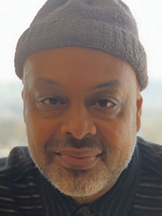
Kimson Albert
Timing Director, Victor & Valentino, Steven Universe: the Movie
Kimson started out on Beavis and Butt-Head. After a decade-long detour to composing for animation, he returned to the craft working as an animation director on The Venture Bros. In 2016, he moved to LA to work as the supervising animation director on OK K.O.!.
Describe your job
Each show is nuanced differently and the workload that we do varies depending on the type of materials we get. Basically, we’re really only needed if there’s a studio pipeline that uses exposure sheets. It’s really the liaison between the overseas studio and pre-production here. In some productions, every single pose is drawn and mapped out, and in that case, you’re really just timing out those poses and you’re not adding anything of your own to it. In other cases, they’ll give you a storyboard pose that is representing way more than what’s been given to you, and you can plus the action. We’re kind of like these weird wizards who speak a certain language.
Describe what you see on an x-sheet when you’re working on it.
An exposure sheet marries the soundtrack and the running frame count of the picture. You’re basically tracking at what frame an action is happening, and so each sheet is 80 frames—[just over] three seconds. You’re going to see a lip assignment, you’re going to see the animation action, and you’re going to see the camera moves and FX all on one sheet so the studio is able to look at the design pack, the storyboard and exposure sheets and they’ll get all the information they need to draw and generate the final image. If the storyboards are not as jazzy as you’d like, sometimes you plus it to give it more life.
What does your typical day look like?
First, I get my coffee! Depending on the day and how much footage I have, I try to give myself a kind of a daily quota I want to accomplish. To launch an episode, we do a design breakdown, and all the department heads go through the episode and call out what they need. Once that happens, I get the final board and the final animatic. Personally, I do the lip sync first, assigning lip positions to the phonetics that are on the sheets. Not everybody does that, but I [like to] get familiar with the sections that I’m working on. Then I’ll go back and just do action, so that I’m really concentrating on the action of the characters based on the storyboard.
What’s your favorite part of the job?
When you can sneak in certain little things that punctuate a joke or a gag. I do enjoy bringing to life the original vision that the creators have. I’m also one of the few positions that is able to see pre-production and post-production. When the footage comes back, I get to sit in on the retakes, see what I gave [the Korean studio] and see how they interpreted it. Then I can get better at communicating with them. I can get better at my craft.
What are some of the challenges?
You’re kind of working in a vacuum until you see the footage, and that process, especially when I first started, was really weird—to wait three or four months to see what you did. Oftentimes, that’s the first hurdle that you have to get over because you’ve already done four episodes before you get the first show back. You’re well into thinking that something was working. You have to adjust.

Juli Murphy
Timing Supervisor, Paradise PD
Murphy started her career at Colossal in San Francisco, working on commercials before moving to LA in 1990 to work on the first season of Rugrats, where she learned sheet timing. Currently, she’s working on Paradise PD, which is being animated in Harmony at the Bento Box Atlanta studio.
How would you describe your job?
Working in Harmony is new and different! My only exposure to the program before was a few months on Bob’s Burgers several years ago. We are evolving a new method to communicate with the American animators who luckily speak English but do not work with traditional X-sheets. The line producer pitched the job to me as, “We’re not sure yet how we’re going to do this,” so of course I said, yes, immediately.
Walk us through a typical day.
Every day is different! I am usually working on three episodes simultaneously and helping the retake department sort through take 1’s on a fourth episode. I have two experienced timing directors working with me, Phil Cummings and Swinton Scott. Generally, we split the shows between the three of us.
What is the best part of the job?
Harmony gives you the ability to draw right into the animatic, add poses, change timing, and play the new version back immediately. It’s a total rush—instant animation gratification and a far cry from waiting overnight for film to be processed at the lab. The other best part: We have a great, hardworking and super friendly group. Many of them are new to me, and most are younger workers.
What are the biggest challenges?
The tug of war between higher quality and meeting deadlines. It’s an eternal struggle. Ultimately, we all have to compromise by doing the best we can in the time allotted.
How does your work influence what we see on the screen?
If we were building a house, timing would be drawing blueprints for the animators to bang the nails. It’s partially artistic, partially technical. We tell the animators when actions happen, how many frames every motion is for all character, FX, or camera moves. We add many thumbnails to the timing, either in X-sheets or a Harmony file, breakdown poses, extra expressions or hook up poses the board artist didn’t have time to put in. Timing is a critical part of animation otherwise you have a big, beautiful, comic book. Bad timing can screw up a great board and good timing can add subtlety to a weak one. Timing makes a joke work better, or a character dance on the beat of the music.
How has your job changed since you started using Harmony?
The biggest change is not using paper and pencil for timing sheets. My pencil sharpener at Disney broke a couple years ago, and there were no replacements left in the studio! Everything is sent digitally around the office and to the animation studio. “Shipping a show” takes just a few minutes to zip the files, and press send. Another difference is learning what information is most helpful for the Harmony animators, and what we might be spending time on that is now unnecessary. For instance, I used to focus a lot on the lip assignment because if it’s wrong, it can be an expensive retake. But as the mouths are very easy to change in Harmony, I can focus on drawing more poses into the animatic. Workflow is similar: After the animatic is locked, the track is read and lip assigned, then we have a few weeks for timing. When I’m done, I just post the file to the studio server.
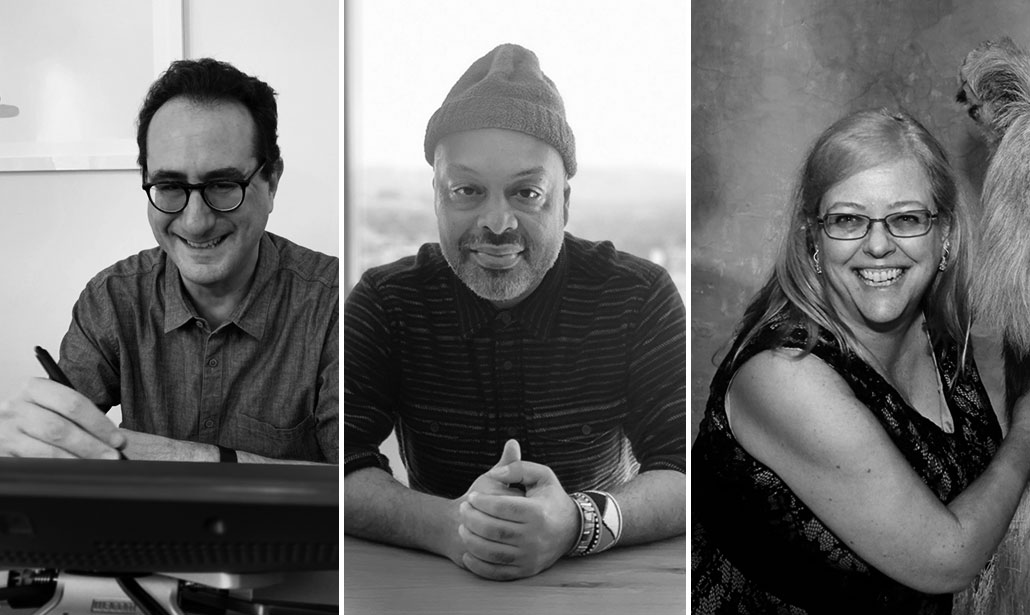
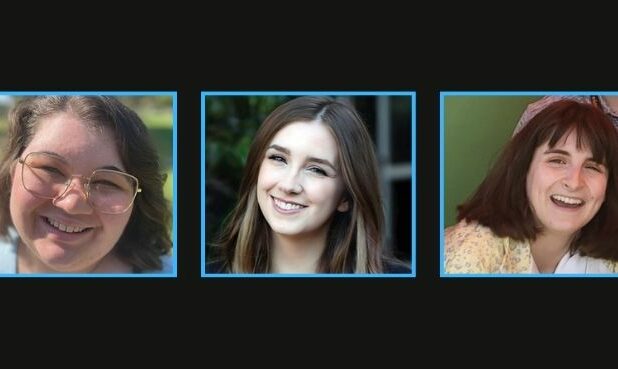
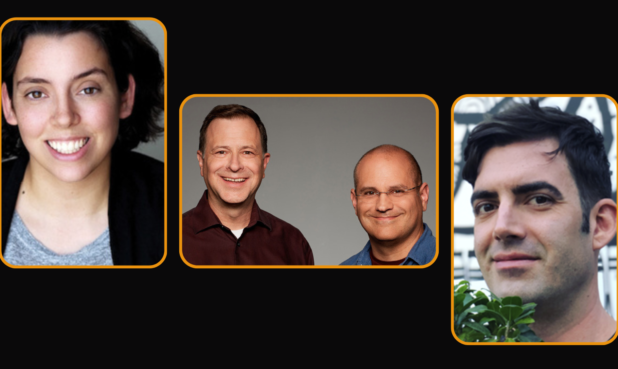

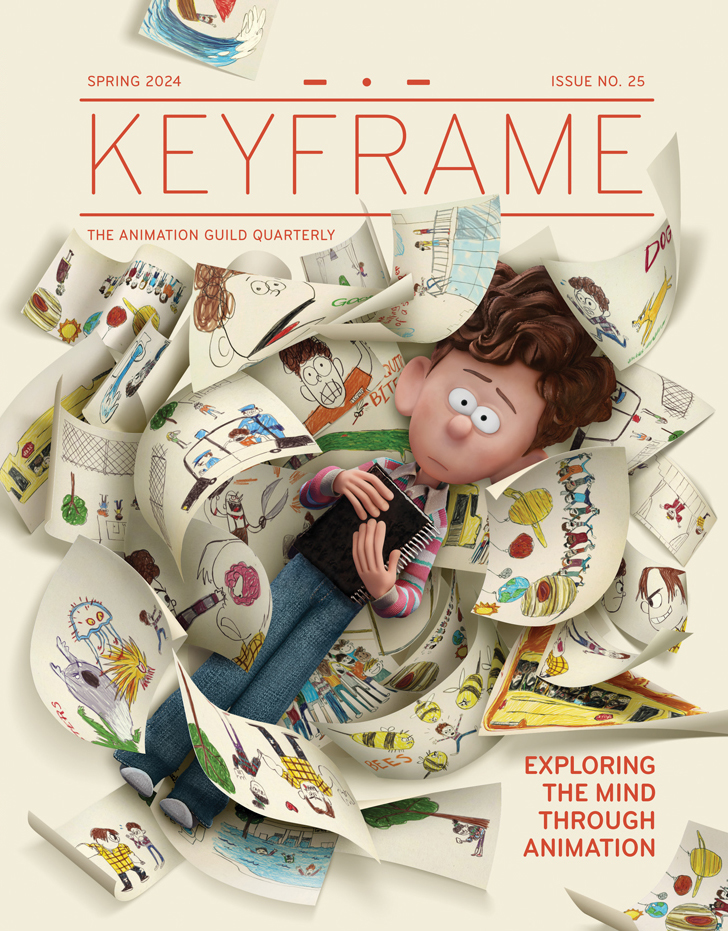
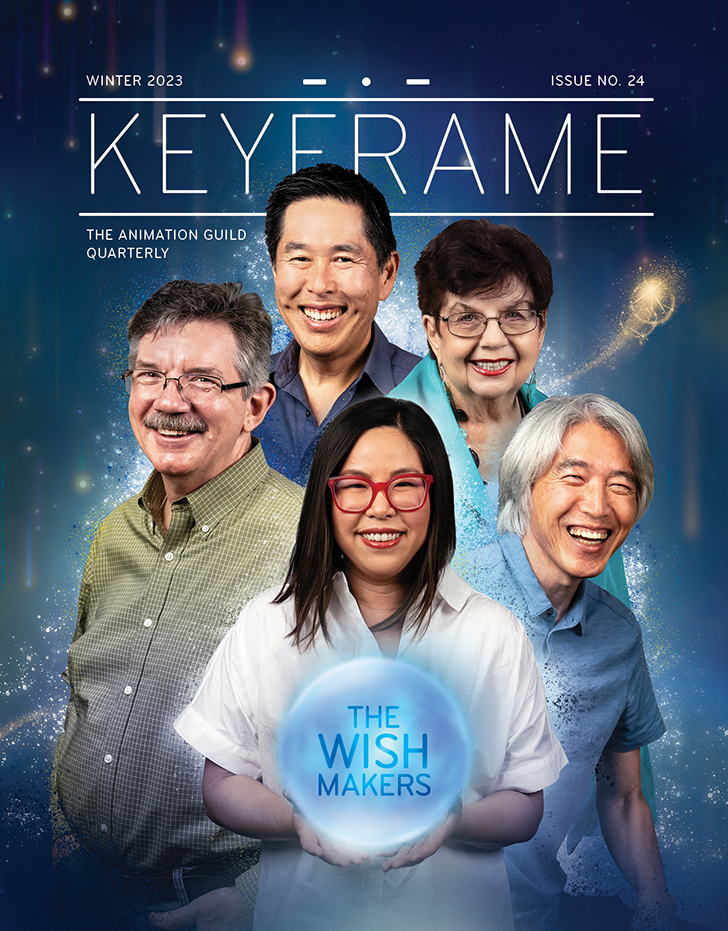
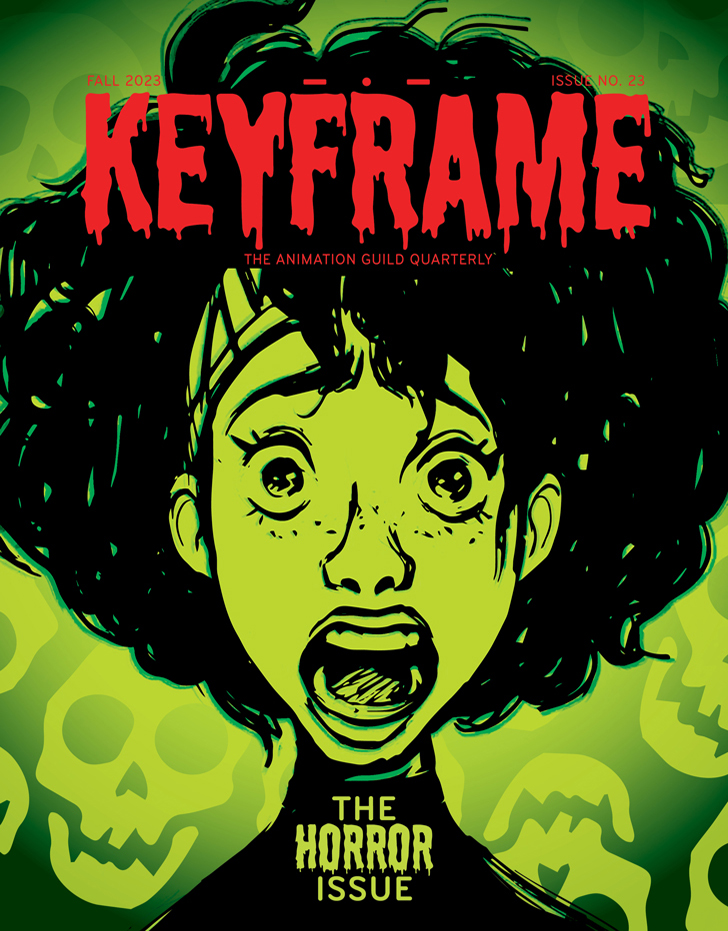
.png)